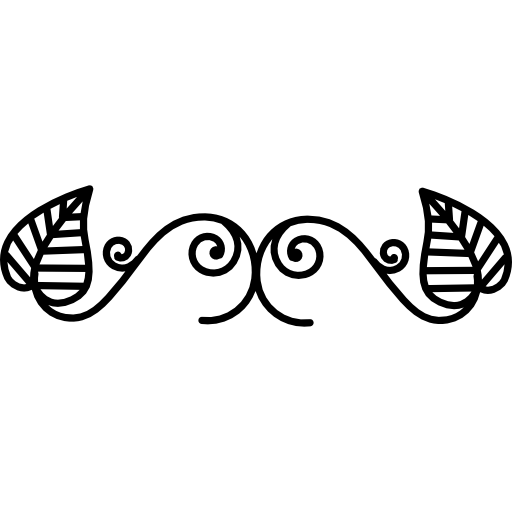
Rococo Origins
France in the 1700s saw the beginning of the Rococo period, an interior design movement that emulated the style of King Louis XV. Common features of Rococo décor included wood paneling, stuccowork, sculpted ceilings, and more. Aesthetics of this stylistic period are also seen in the art and furniture that was produced. Artists used soft palettes and delicate colors for paintings, and created unbalanced compositions in sculptures. Similarly, Rococo furniture designers built asymmetrical pieces. The term “rococo” itself originated from Marice Quaï in either 1796 or 1797 as a way to describe this style.

American Rococo
The Rococo style reached America in the 1750s through imported books and prints from Europe. American Rococo as its own period placed the focus on carvings, specifically decorations for furniture. Nature motifs were largely featured in designs, including flowers, shells, fruit, and more.
Large cities on the east coast saw an influx in American Rococo pieces and businesses due to artisans immigrating and settling there. Boston, New York, Charleston, and Philadelphia are significant for this artist period due to the high number of furniture that they produced.

Rococo Revival
In the mid-1800’s, America saw a rise of mass production and, with it, an increased desire to return to handcrafted pieces. Thus, the Rococo style was revived.
Rococo Revival focused on interior decoration, specifically in parlors. Furniture was modeled after the American Rococo period, featuring naturalistic ornaments and curved designs. The pieces were also commonly made from rosewood, mahogany, and walnut.
The style started to fall out of fashion following the end of the Civil War. America was dealing with widespread financial issues, and the expensive, handmade furniture was not feasible to continue purchasing or manufacturing.
